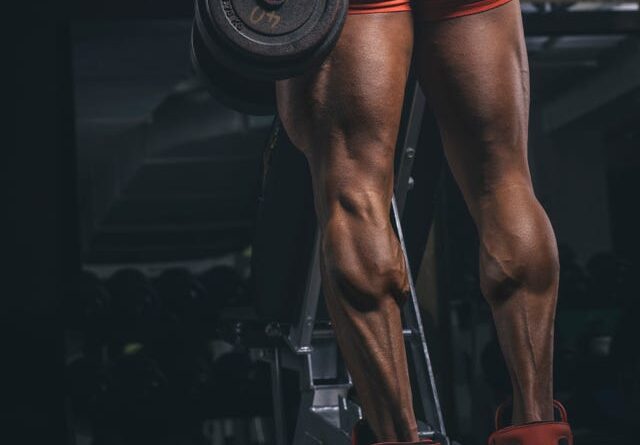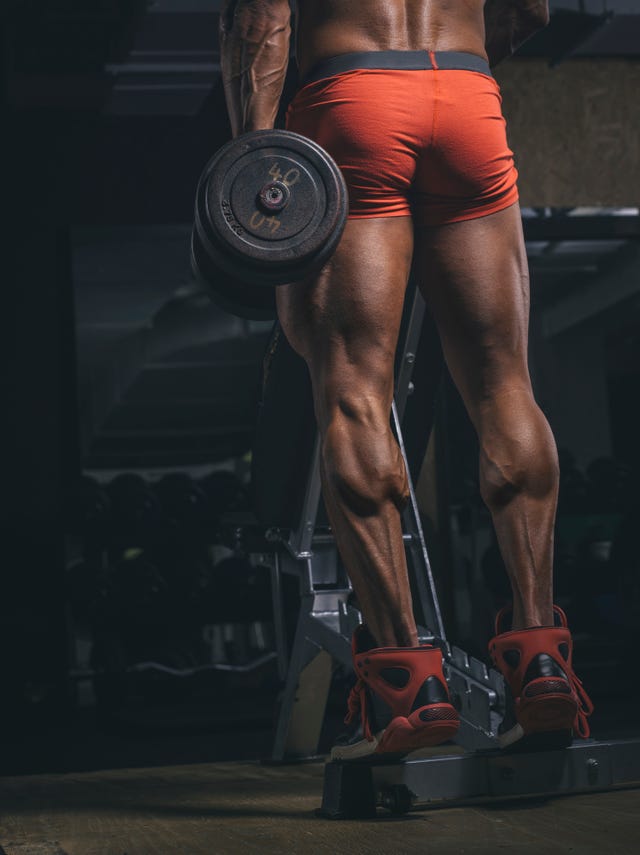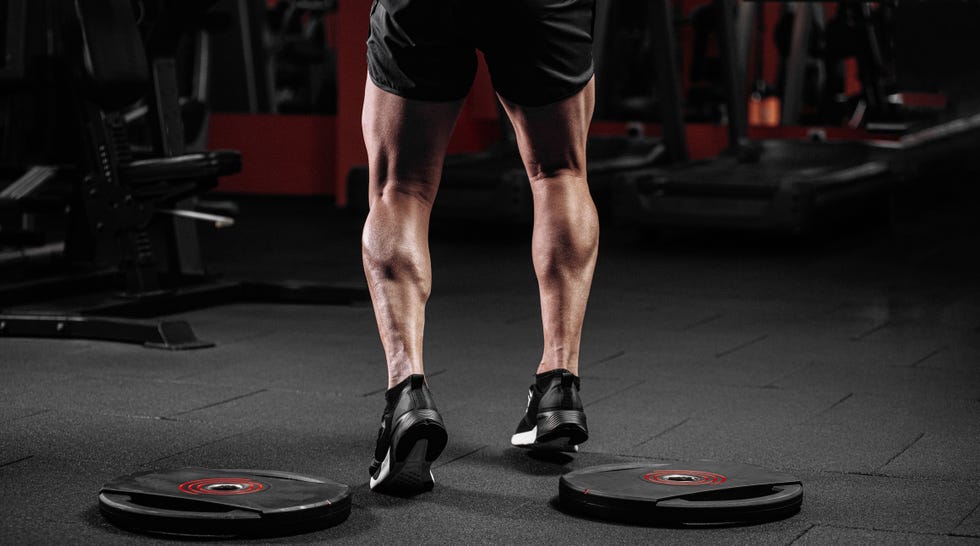New Study Finds ‘Extended Supersets’ Can Lead to 43.3% Muscle Gain
You may have come across terms like ‘stretch-mediated hypertrophy’ and ‘long strides’ in bodybuilding discussions or from fitness influencers. These theories are gaining attention for good reason, as emerging research sheds light on the benefits of long-term muscle training for optimal muscle growth. Now, a new pre-publication study adds to this growing body of evidence, suggesting that training muscles in these extended areas can significantly improve hypertrophy without the need to change your exercise routine. completely.
We explain how making a simple tweak at the end of your sets can help you get past your workout and maximize hypertrophy.
The study
A study (prior to publication) conducted by Larsen et al investigated the effects of different training methods on muscle hypertrophy, mainly focusing on the gastrocnemius muscle in the middle – part of the calf. The main objective of the study was to find out if doing the Smith machine calf raising dorsiflexion will lead to greater muscle hypertrophy compared to doing the same exercise in plantarflexion in untrained men.
The researchers were interested in whether this extended position (dorsiflexion) extended during the calf raise would lead to greater muscle growth than the shortened position (plantarflexion).
Methods
Lasting 12 weeks, the study followed a participant design with 23 untrained male participants:
- Each participant had their right and left leg randomly assigned to one of two conditions: temporary failure (complete muscle failure) reached the peak of the plantar range of motion, or voluntary failure (there is no motivation to complete the set) reached the peak of the dorsiflexion range of motion.
- All participants performed standing calf raises using a Smith machine with a range of motion.
- One familiarization session was conducted to introduce the participants to the procedures.
- Between weeks 2 and 5, participants trained each leg in 3 sets of exercises. In weeks 6 to 11, all participants performed 4 sets during each exercise.
- During the pre- and post-training test, the thickness of the gastrocnemius muscle (calf) was assessed by ultrasound.
In this exercise, participants who perform Smith machine calf raises in dorsiflexion raise their toes up toward their heels while lowering their heels. This movement lengthens the calf muscle, resulting in a deeper stretch compared to the plantarflexed position, where the toes are pushed down and the heel is lifted off the floor.
Results
The results of the study revealed a significant difference between the two training methods. The group that did calf raises in dorsiflexion had a greater increase in calf muscle compared to the group that did calf raises in plantarflexion.
The upright position led to 43.3% greater muscle growth associated with the medial gastrocnemius.
The end
The researchers concluded that calf muscle hypertrophy was greater when Smith machine calf raises were performed in dorsiflexion compared to plantarflexion. When the goal is to increase the hypertrophy of the calf muscles, they suggest doing the Smith machine calf raises peak dorsiflexion.
What Does This Mean for Us?
This is another compelling study that supports the effectiveness of long reps or muscle training in an extended range for muscle growth. So, if the evidence is clear that we should use longer supersets to gain more muscle, how do we do them?
According to an Instagram post from one of the researchers, Dr. Milo Wolf: ‘You can do a normal set with full ROM until you reach RPE. Then, without rest, do another set at the target RPE – but only do a longer half or so of the full range of motion. Be sure to properly explore the range of motion during the second set, or you may be pushing too hard.’
This might look like this:
- Working out all of your calf muscles increases the full range of motion.
- When you reach failure, or are close to it, do the reps of the exercise section.
- This means you are doing lower half calf raises, or close to failure.
Dr. Wolf adds that, ‘from all the methods [e.g pre-exhaust, regular supersets, etc.] I think this has the potential to be one of the best. I think it can be very beneficial for body parts that are usually not trained well in long conditions. [back, biceps and side/rear delts jump to mind].’

Kate is a fitness writer for Men’s health UK where he contributes regular exercise, training tips and nutrition guidance. He has a post graduate diploma in Sports Performance Nutrition and before joining Men’s Health was a nutritionist, fitness writer and trainer with over 5k hours coaching in the gym. Kate is passionate about volunteering for animal protection, and when she’s not lifting weights in her garden, she can be found walking her rescue dog.
#Study #Finds #Extended #Supersets #Lead #Muscle #Gain



